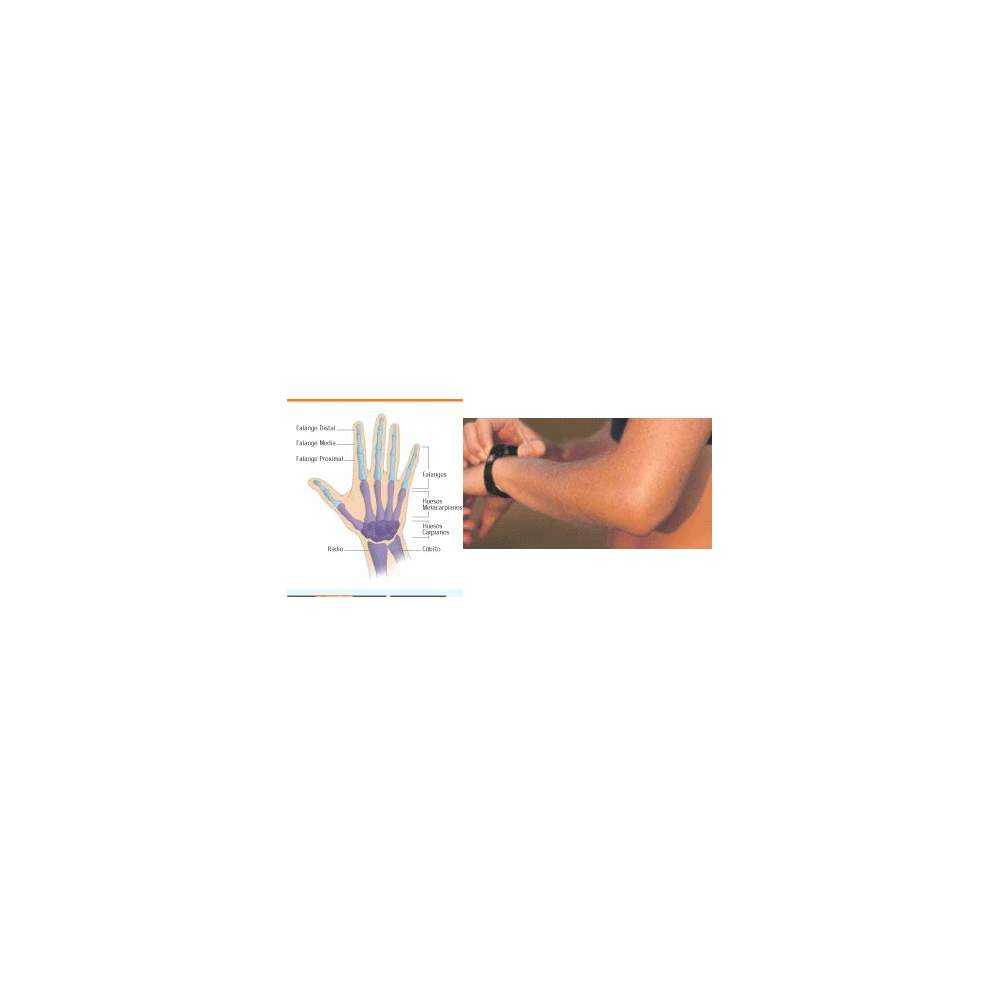Your cart
There are no more items in your cart
Anatomy of the hand:The hand is composed of many bones, muscles and ligaments that allow for lots of movement and dexterity. Muscles are structures contract, allowing the motion of the bones. Ligaments are fibrous tissues that help bind together the joints. There are three main types of bones in the hand, including the following: ·Phalanges- The 14 bones that are found in the fingers of each hand and also in the toes of each foot. Each finger has three phalanges (the distal, middle and proximal), the thumb has only two. ·Metacarpal bones- The five bones that compose the middle part of the hand. ·Carpal bones- The eight bones of the wrist. Bonecarpal bones are connected to two of the arm, the ulna and radius. The muscles are the structures that can contract, allowing movement of the bones of the hand. Ligaments are fibrous tissues that help bind together the joints of the hand.Orlimanproposes different models covering most susceptible diseases treatments passive hand splints. (With the new range of thermoplastic splints, see online catalog).
Rheumatic HAND:Characterized by pain and gradual appearance of deformities and inflammation, which may be accurate surgical treatment and for joint replacement endoprosthesis. Immobilization splints acute inflammatory outbreaks, by resting relieve the patient achieved, avoiding possible progression overall deviation of the fingers.
TRAUMATIC HAND:You can make different types of injuries that can be treated by passive splints. Fractures and dislocations of the carpal scaphoid fractures especially, Fractures of the metacarpals and phalanges, various instabilities himself as carpal and radio-carpal etc means. They are often some of the most common traumatic pathologies. Immobilization and rest and postural alignment treatments are essential in this type of injury. In passive splints burned retractile scars avoided. In tendon, ligament and / or carpal tunnel syndrome, the rest will be essential as a treatment for pain and inflammation.
HAND PARALYTIC:Passive postural orthoses have an important mission in the hand and wrist paralysis, especially in spastic paralysis. Taking mission is to prevent flexion contracture of the wrist, hand and fingers in slight flexion avoiding keeping claw hand. In cases in which the thumb is involved in pathologies described above we propose that include tutoring splints of said fingers keepingin abduction or opposition or in another position that is of interest. The brace must meet certain requirements such as having a locking comfortable and functional, be aesthetic, lightweight, hygienic, and above all effective in ways that meet the function for which they were designed.
Rheumatic HAND:Characterized by pain and gradual appearance of deformities and inflammation, which may be accurate surgical treatment and for joint replacement endoprosthesis. Immobilization splints acute inflammatory outbreaks, by resting relieve the patient achieved, avoiding possible progression overall deviation of the fingers.
TRAUMATIC HAND:You can make different types of injuries that can be treated by passive splints. Fractures and dislocations of the carpal scaphoid fractures especially, Fractures of the metacarpals and phalanges, various instabilities himself as carpal and radio-carpal etc means. They are often some of the most common traumatic pathologies. Immobilization and rest and postural alignment treatments are essential in this type of injury. In passive splints burned retractile scars avoided. In tendon, ligament and / or carpal tunnel syndrome, the rest will be essential as a treatment for pain and inflammation.
HAND PARALYTIC:Passive postural orthoses have an important mission in the hand and wrist paralysis, especially in spastic paralysis. Taking mission is to prevent flexion contracture of the wrist, hand and fingers in slight flexion avoiding keeping claw hand. In cases in which the thumb is involved in pathologies described above we propose that include tutoring splints of said fingers keepingin abduction or opposition or in another position that is of interest. The brace must meet certain requirements such as having a locking comfortable and functional, be aesthetic, lightweight, hygienic, and above all effective in ways that meet the function for which they were designed.
New product
No reviews


